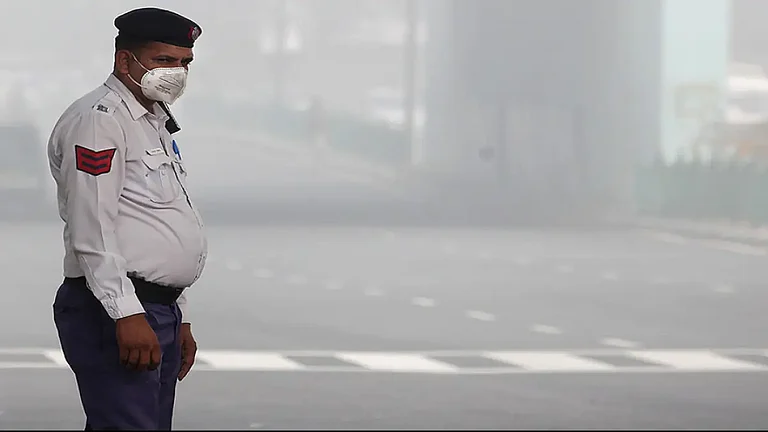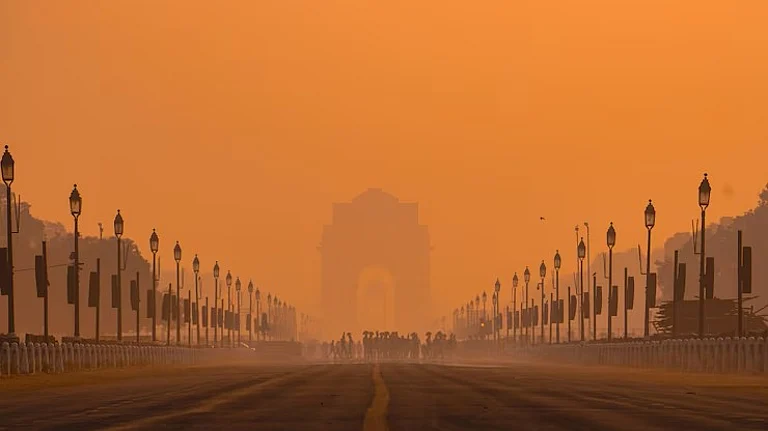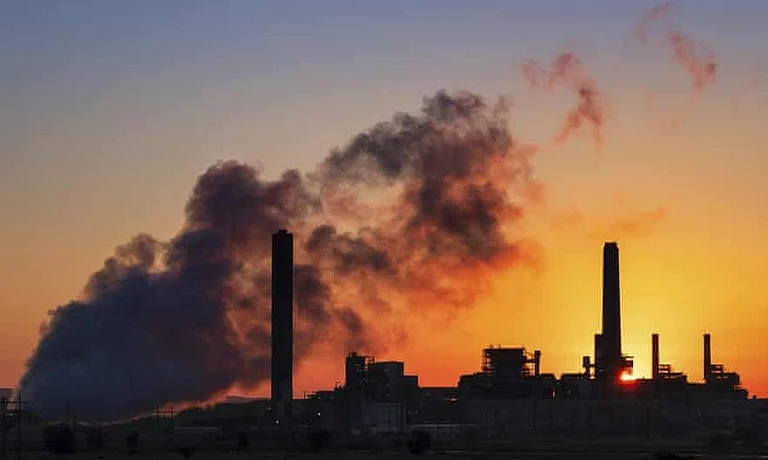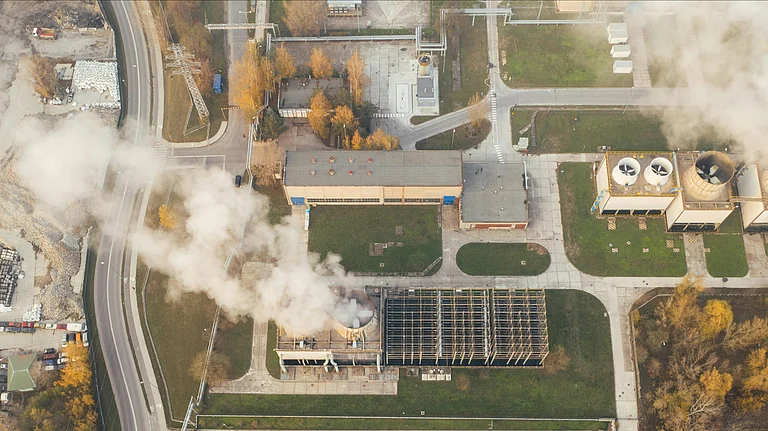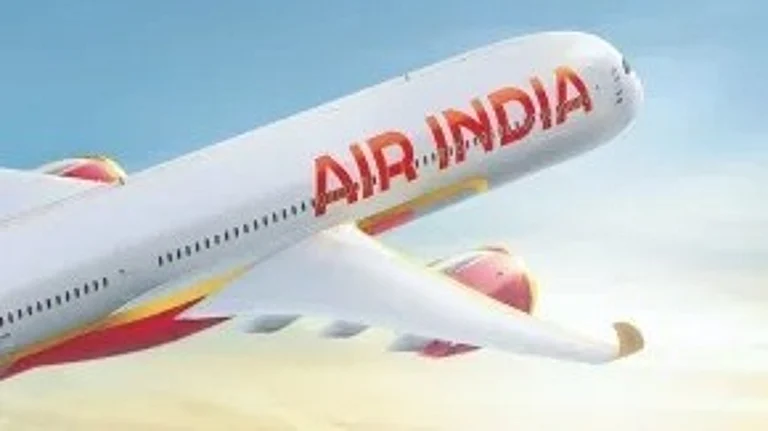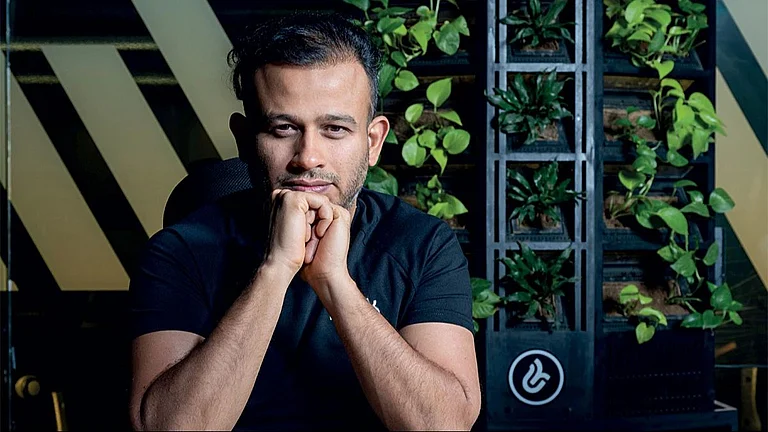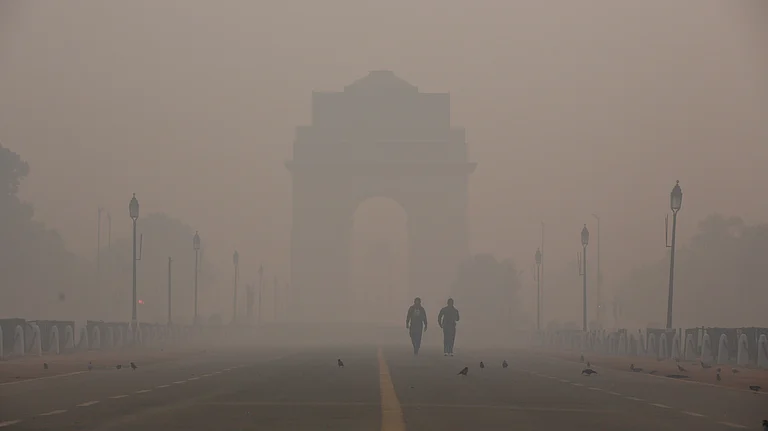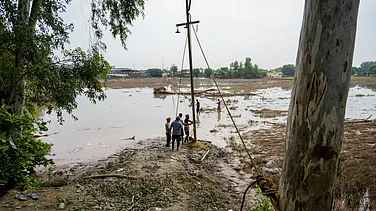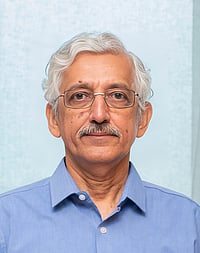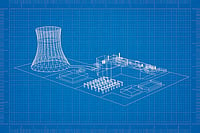Bhola, 36, worked at a construction site in Delhi—the kind of job that didn’t ask much of a résumé but took a toll on his lungs. The air he breathed on a routine workday was thick with particulate matter—PM2.5 and PM10, to be precise. The city, a place where smog rises with the sun and hangs low till dusk, had claimed another victim. He died of a heart stroke. Doctors pointed to the usual culprits—prolonged exposure to dirty air, the kind that creeps in quietly and stays. The kind that kills early and often. Millions more have died in much the same way, in a country of 1.46 billion where air pollution continues to be both an open secret and a silent killer.
In 2019, air pollution took 1.67 million Indian lives—17.8% of all deaths in the country—the highest in the world. But what often begins in the lungs doesn’t stay there. Bhargav Krishna, convenor at Sustainable Futures Collaborative, explains that the effects of pollution go deeper. “It can affect pregnant women by causing premature births or low birth weight. It can affect the cognitive development of children,” he says. The invisible particles also burden the heart, the kidneys, and even the brain.
And the costs? Not just in lives, but in rupees—billions of them. In 2019, the burden on India’s healthcare system stood at nearly $12 billion. Add to that the $36.8 billion lost in economic output due to pollution-related illness and premature deaths, and the toll rises to 1.36% of GDP, according to a study published in The Lancet Planetary Health.
A separate estimate by global consultancy Dalberg put the cost to Indian businesses at $95 billion, or 3% of GDP, due to reduced productivity, work absences, and premature deaths. The consumer economy has taken a hit too, with annual losses of $22 billion attributed to reduced footfall and consumption. Delhi alone loses as much as 6% of its GDP every year to polluted skies.
A World Bank paper cuts to the bone: had India halved its pollution over the past 25 years, its GDP would have been 4.5% higher by end-2023. That gap isn’t just economic—it’s existential.
And yet, attempts to plug the problem come at their own cost. Every winter in North India, as the air turns from grey to brown, governments scramble: water sprinklers deployed, smog towers erected, logistics halted, construction paused, schools shuttered. But the math is unforgiving. “Tackling air pollution is much less costly than not tackling it,” says Srikanth Sola, a cardiologist and founder of Devic Earth, a clean-air tech start-up. The US EPA offers a powerful parallel: for every dollar spent on air quality control since 1970, thirty dollars in benefits have returned. Krishna adds, “Nothing is impossible to implement; it's just a question of understanding the costs and benefits and figuring out how to pass those on effectively over a long period of time to consumers."
Loose Regulations
India’s war on indoor air pollution has made some gains. Programmes like the Pradhan Mantri Ujjwala Yojana (PMUY) have reduced deaths from smoky stoves. But that win has been eclipsed by the dramatic rise in deaths from outdoor pollution—driven by vehicular exhaust and coal-fired power plants. The death rate due to ambient particulate matter has more than doubled since 1990.
The National Clean Air Programme (NCAP), launched only in 2019, aims to reduce PM10 and PM2.5 levels by 20–30% by 2024 and by 40% by 2025–26 across 131 non-attainment cities and million-plus cities—those that consistently fail to meet national air quality standards. Other efforts include the National Ambient Air Quality Monitoring Programme and the Graded Response Action Plan (GRAP), which kicks in during Delhi’s worst pollution episodes. On the automotive front, the Bharat Stage VI (BS VI) emissions standards have been implemented, and the FAME scheme offers EV subsidies with a target of achieving 30% EV penetration by 2030. These have had partial success in reducing PM10 levels.
However, in recent years, the focus has shifted further away from regulating both pollutants to only PM10—the larger, coarser particles that primarily originate from road dust. PM2.5, the finer particulate matter that causes the most serious health problems, is largely from combustion sources—cars, power plants, industries, and stoves. “Most actions under NCAP have been targeted at dust management with measures such as road sweeping and water sprinkling. It's not nearly enough to address the true burden of air pollution,” Krishna says.
And then there’s the manpower gap. The US EPA employs about 17,000 people. India’s Central Pollution Control Board (CPCB)? Just 500–600. “We simply don't have the capacity to manage the problem. A substantial institutional scale-up is required,” Krishna says.
India has only about 550 real-time and 930 manual air-quality monitoring stations—far below the 1,500 stations it hopes to install. Worse, NCAP isn’t legally binding. That lack of statutory weight undermines implementation. “The gaps in NCAP are the lack of fund utilisation and lack of implementation,” says Sola. The plan is also too city-focused, despite the fact that air pollution travels far from its sources, affecting even remote rural regions.
Delhi recently promised to deploy 250 water sprinklers with anti-smog guns and 70 mechanical sweeping machines fitted with 210 sprinklers. Experts, however, view these as band-aid fixes for a chronic illness. Cloud seeding—another proposed solution—is expensive, requiring ideal meteorological conditions and offering no guarantee of rain. The cost? Estimated at $1.5 million per deployment.
Change in Approach
What India needs, experts say, is a hard reset. “The primary approach to air pollution reduction is always to reduce emissions at the source,” Sola emphasises. Instead of sprinkling water on symptoms, the government must invest in structural reform—affordable, integrated public transport, for instance.
“We've taken sporadic steps to address particular sources such as the promotion of EVs, but the ecosystem around public transport needs to be enhanced alongside,” Krishna says.
Thermal plants, major polluters, remain under-regulated. GRAP focuses primarily on vehicle emissions, not industry. India, like the US, must mandate smokestack scrubbers in coal-fired plants.
Then there’s the data. Without accurate emissions tracking and outcome monitoring, policy becomes guesswork.
Start-ups like Devic Earth are entering this space with innovation. Its proprietary Pure Skies technology utilises pulsed radio waves to enhance air quality by up to 50% over large areas. “These are still at the early stage, and they seem to be most effective for pollution hot spots,” Sola says. The tech can be deployed in cities, industries, offices, schools, and homes.
Lessons from Outside
India isn’t short of models to follow. Indore and Lucknow, for instance, reengineered brick kilns with zigzag chimneys and subsidised LPG for cooking, cutting down on biomass smoke.
Internationally, China’s turnaround in Beijing stands out. Since 2014, it has limited vehicle emissions, relocated factories, and implemented pollution control technology in power plants. Between 2013 and 2022, air quality improved by 40%, and average life expectancy increased by two years.
The US has cut air pollution by 70% since the Clean Air Act of the 1970s, while GDP grew by 250%—a reminder that clean air doesn’t have to come at the cost of economic growth.
India’s challenge is more complex. “India's problem is slightly different from other countries, which have one or two sources of air pollution. In most cities in India, there are at least half a dozen different sources contributing significant amounts to the ambient air pollution load,” Krishna explains. Which is why, he adds, “More thoughtful development of policy addressing multiple sources simultaneously is needed.”
The goals exist. But the commitment, institutional heft, and inter-agency alignment remain patchy.
Delhi’s global infamy as the most polluted city is not just a reputational drag. It is choking lives, stifling futures. Between 2013 and 2021, nearly 60% of the global increase in air pollution came from India. Pollution is already killing more people annually than climate change is projected to in the future.
“There’s no dearth of emission control technologies—what’s lacking is effective implementation,” says Krishna.
The air must clear if India is to breathe life into its potential.









